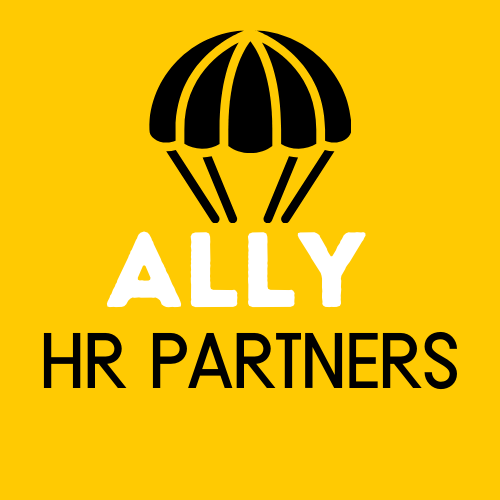Effective vs. Compliant Onboarding: Easy tips to starting off on the right foot with your new employees.
We’ve spent a lot of time lately talking about recruiting and hiring efforts, as just getting quality candidates to apply is hard enough these days. Hopefully this help has gotten you a few people queued up to start, so now let’s talk about some tips on getting them started in the best way possible.
When it comes to onboarding, like most things HR, you can take a minimum effort approach and do just what is needed to be compliant, or you can roll out the red carpet and create a whole Company experience to welcome your new team members. Instead of telling you what to do (although we’d love to!), we instead have provided a list below of what you need to be doing, what you should be doing, and what you could be doing when onboarding your newbies. From this list, you can pick and choose what you want to implement to create an onboarding packet and program that works best for your business and your new hires, whether you’re using an electronic system for this process, or are still kicking it old school with paper packets.
What’s needed.
There are forms that you must have for everyone that you hire, or face pretty steep penalties.
Tax forms: This should include the Federal W-4 form (minimally) and the NY State IT-2104 form (or whatever state you’re in).
I-9s: These are required for all employees of any business size to verify legal eligibility to work in the US. Two kinds of qualifying ID are also required to be verified upon hire to complete this form.
NYS Wage notice: All employees in NYS are required to be informed in writing of their wage, OT rate, pay frequency, and pay date (see NYS template).
Self-Identification Forms (Federal Contractors only): If you qualify, you may need to provide self-ID forms for gender, ethnicity, veteran, and disability status.
What’s recommended.
These items in some cases are “required”, but are less risky from an explicit penalty standpoint to not include. We would still highly recommend you include these.
Employee Handbook: If you have a handbook, you should be providing all employees with a copy of this upon their hire date, and having them sign off on an acknowledgement of receipt that you keep in their file. Better yet, do a review of the policies that are most important also. If you don’t have a handbook, call us.
Sexual Harassment policy: Technically you’re supposed to be training new hires within 30 days of their hire date also, but providing this here at least covers you in some way if you aren’t doing that. You also can provide this as part of the handbook.
Benefits information and notices: Providing employees with information and enrollment forms on benefits they are or will be eligible for, will help boost enrollment rates, and also may be required depending on your situation (ACA compliance, etc.). This includes medical, dental, 401k, and even certain notices about being FMLA eligible if that applies to your business.
A formal offer letter: Instead of the wage notice mentioned above, you can create a custom offer letter for your business which not only meets the requirements of the wage notice, but also communicates, documents, and sets other expectations for the new hire including who they report to, their work schedule, and other information that would be helpful to have them sign-off in on in writing.
Direct Deposit Form: Not required, but most people are going to ask for this anyway.
Emergency contact info: Having this info on hand is always a smart move.
HERO Act Plan: This is the emergency airborne infectious disease response plan that is going to be required of all businesses later this summer (see our previous piece on this). This will be required to be provided at the time of hire, although the penalties aren’t as steep as the others.
Next level stuff.
Provide specific, written details for the new hire on directions for their first day: This should include where to be (address and entrance), what time to be there (day and time), who they will be meeting (person to ask for), and what to expect (a schedule for the first day, what to bring, etc.). Starting a new job is scary, and anything you can do to make the experience more approachable will help ease uncertainty for the new hire, and also help you make a great first impression - and we all know how much first impressions matter (they’re “EVERYTHING”). Another added benefit to this step could be to reduce no-show rates on the first day, as many employers have experienced the concept of “ghosting” more and more recently, even without being on a dating app. Providing these neatly packaged details, and decreased uncertainty, should help move that needle too.
Employee intake form: To help make new hire entry into your payroll system easier, providing a one-page form for the employee to complete that contains all their personal info (name, address, phone number, etc.) and job info (position, pay rate, Manager, etc.), is a smart way to save time and reduce errors later.
“Need to know” Policy Break Down: Instead of just handing over a handbook and expecting employees to read it (and also not lose it immediately), providing a shorter summary of the most “important” or at least pertinent policies employees should know is a great way to make sure everyone is well informed of the rules and expectations off that bat. This includes policies like time off eligibility and requests, attendance, pay dates and procedures, and others that employees most often interact with.
Important Contact Info: Do employees need to know who to contact when they need to call in, or another person to contact if they need to change their address, and so on? Providing this info is helpful and will reduce uncertainty later. This could also include some kind of Org chart that indicates key contacts across departments they may need to interface with.
Log-in Info: Will employees need access to the payroll system to request time off, or a scheduling software to check their schedule? How about login info for their computer or the Company CRM system? Having this stuff ready to hand over on day one makes you look good and makes their first days and weeks easier.
COVID protocol and expectations: Letting people know right away your rules on masking, daily screening protocol, reporting symptoms, etc. will help avoid potential awkward situations from the get-go.
Whatever you decide to put in your new hire packets and program, just at least make sure you’re creating some kind of welcoming and informative experience. That also means if you are having new hires complete a lot of this paperwork before day one online, you at least have some kind of human welcome when they arrive. You spent all this time finding someone to hire, now do what you can from the start to help assure them they made the right move. Also, help yourself out by setting the right expectations up front, and answering a lot of the questions you will otherwise be dealing with on a one-off basis later. It’s a win-win for everyone.


